
Some methods of travel in the ancient world -- some of these are still in use by indigenous peoples. From my Atlas of Human Prehistory, available in softcover :)
titles.cognella.com/an-atlas-of-...
@humanevolution.bsky.social
Actual archaeology and human prehistory news and information. No aliens needed :) Cameron M Smith, PhD, archaeologist at Portland State University, Oregon.

Some methods of travel in the ancient world -- some of these are still in use by indigenous peoples. From my Atlas of Human Prehistory, available in softcover :)
titles.cognella.com/an-atlas-of-...
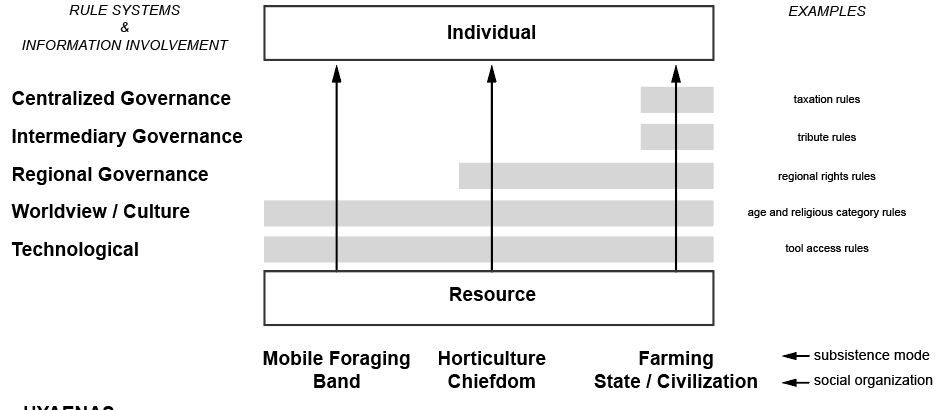
One way to depict the differences between foragers, chiefdom-type domesticators and state farmers is to display the differences in information involvement in access to resources. I communicate this visually in this diagram.
05.01.2025 05:12 — 👍 1 🔁 0 💬 0 📌 0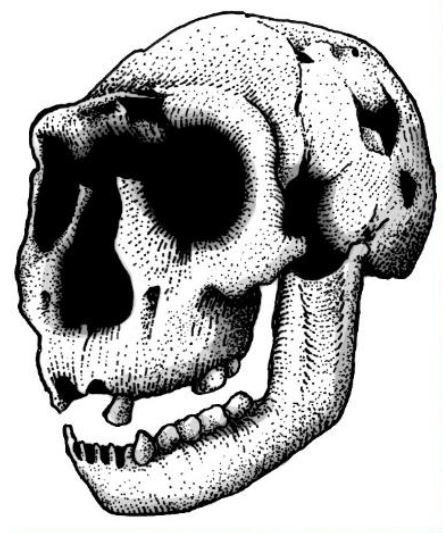
Increased body stature has been considered an advantageous trait among early hominins, despite its caloric costs. My [nontechnical] sketch of the Turkana Boy cranium & mandible; subadult at death, likely modern human size had he reached maturity & dating to c.1.3mya.
#anthropology
#archaeology
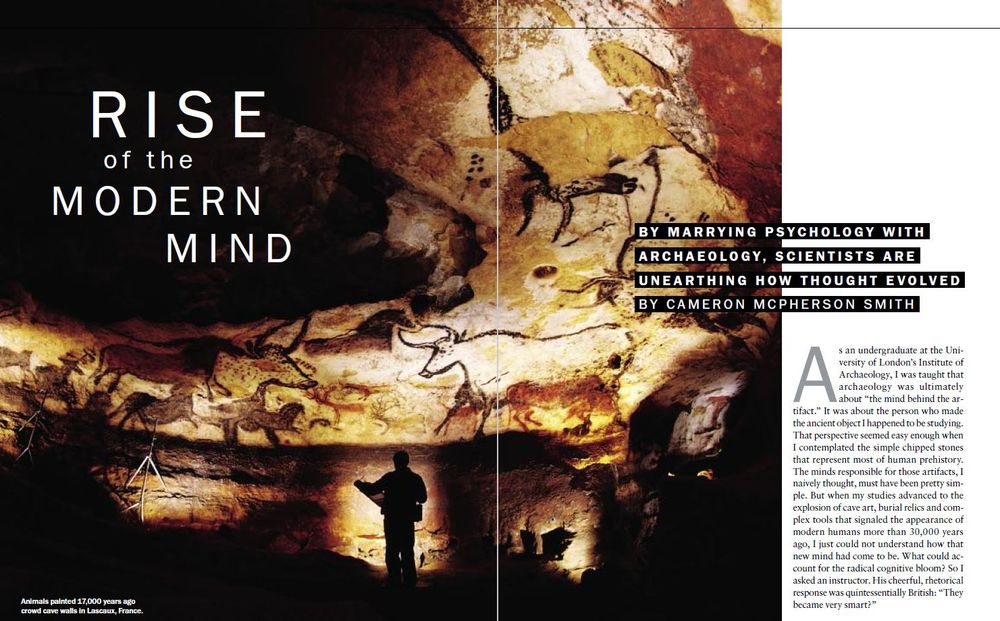
Back in 2006 I reviewed a number of exciting models of the evolution of modern human cognition as a popular science item for Scientific American Mind. Nice printed version illustration below; still online at the link!
www.scientificamerican.com/article/rise...
#archaeology
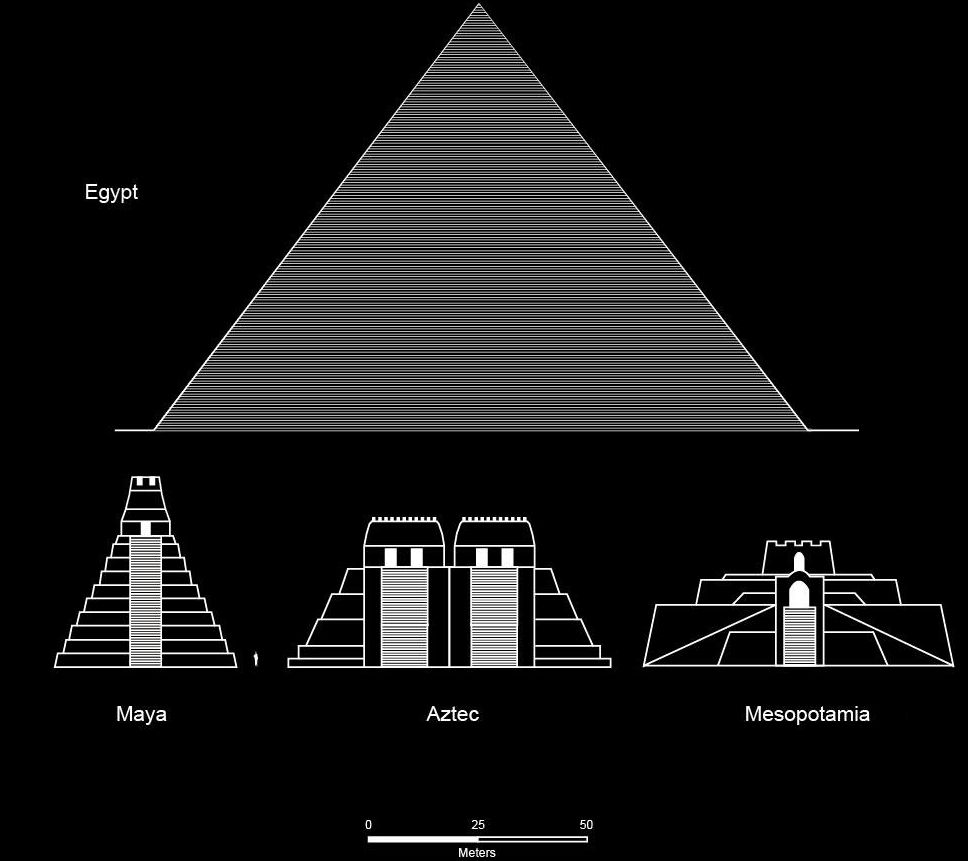
All ancient civilizations constructed monumental works; they employed citizens and contractors, impressed the public and the royals alike, and were used in mass public religious events. My sketch of some monumental works of the ancient world.
#archaeology
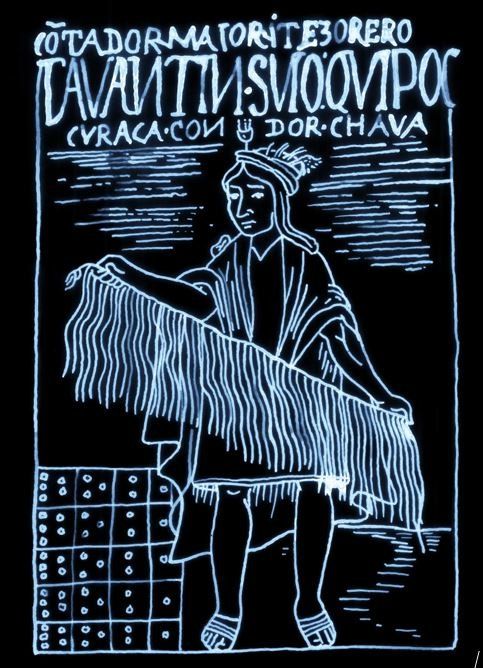
All ancient civilizations invented durable record-keeping of one kind or another. In the Andean region, the Inca invented 'quipu', codes knotted in string, to record vital information. My copy of a drawing by Guaman Poma, 16th C AD.
17.12.2024 15:55 — 👍 1 🔁 0 💬 0 📌 0